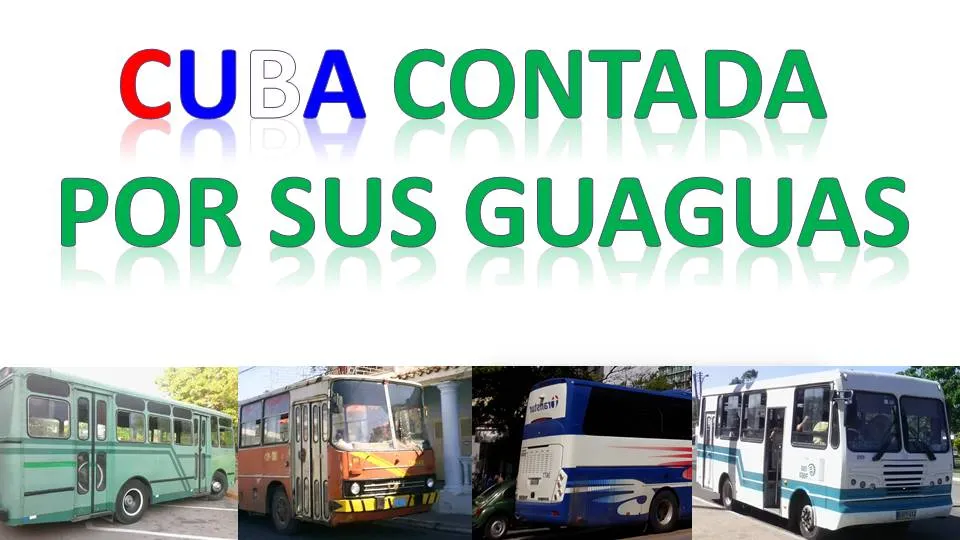
Hola, amiga y amigo de Hive. Llegó el momento de ponerle texto y corazón a esas fotos que uno toma a lo que le gusta, en el día a día. Estas les resultarán familiares, sobre todo a los cubanos. Siempre me he sentido atraído por los medios de transporte: aviones, trenes, carros, autos, ómnibus… Eso creo que nos viene desde que somos niños y jugamos. En mi caso, sentí mucha atracción desde pequeño por las “guaguas”.
Sé que este término no se usa en otras tierras. Resulta común que escuchemos los vocablos “autobús”, “buseta”, “colectivo”, “bus”, “camión” y otros más. La historia de este medio de transporte data de muchos años de historia y lo más emocionante resultó ver una flota de carros parecidos, ese fue el origen de este vehículo como medio de transporte comercial.
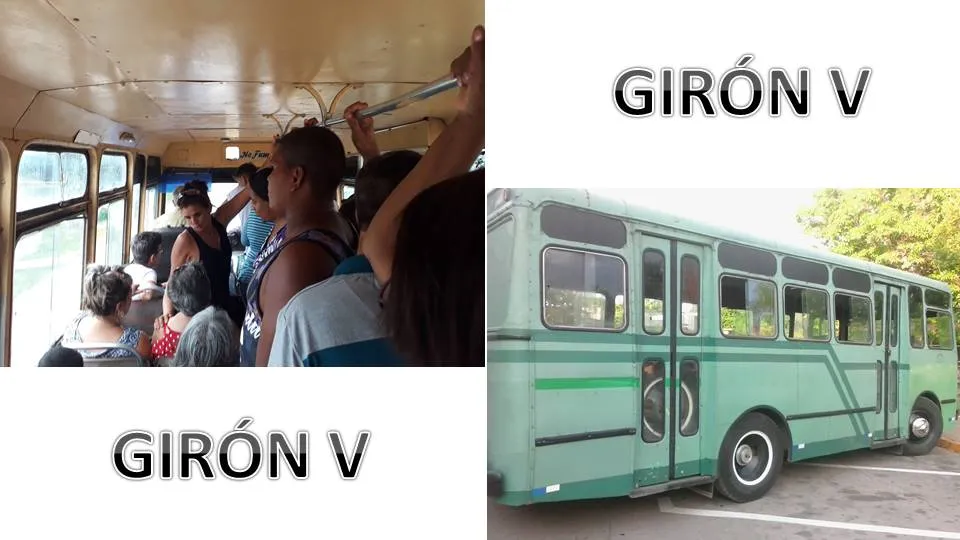
A lo largo de los años, Cuba ha tenido muchas marcas y modelos. Algunos los ha comprado y otros son donados por países como Italia, por ejemplo. FIAT ha sido una marca muy bien recibida. Aquí les llamamos “guaguas”, es el término más utilizado por la comunidad hablante. ¿Quién no se ha impacientado esperando una? ¿Dónde están quienes han sufrido montar en una de esas? Vale destacar que en Cuba, la mayoría de los profesionales no tienen autos.
Cada mañana un mar de pueblo sale a “cazar” una guagua y en numerosas ocasiones, montar una equivale a entrar a una jungla. Desde el que viaja en la puerta porque los de enfrente no desean caminar hacia atrás, aquel sujeto que no se aseó bien y tiene “olores desagradables” hasta la señora pidiendo un asiento porque siendo limitada física le pertenece y hasta carga pesada lleva, poniendo en duda su limitación; estas son escenas repetitivas.
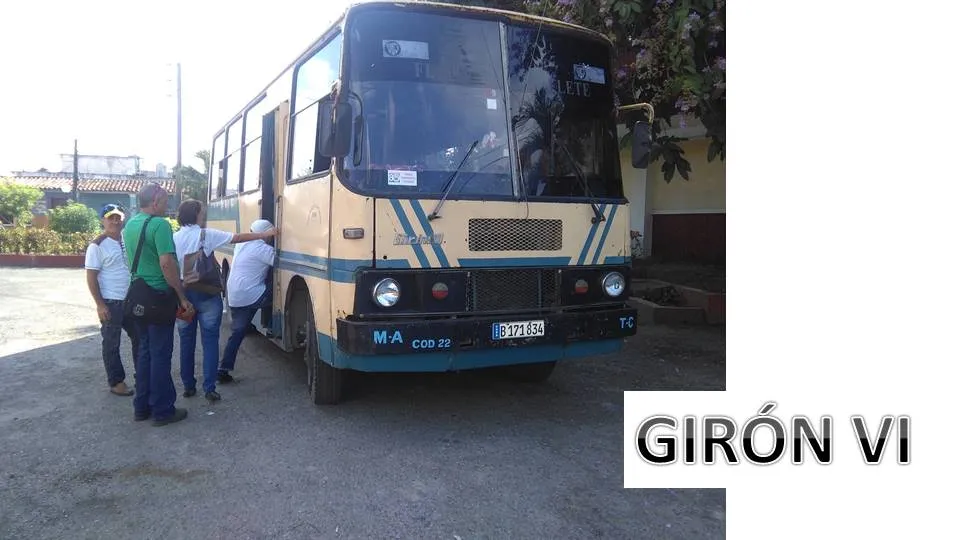
El chofer que, en aras de recaudar más dinero, “repleta” el carro, apaga el motor hasta que todos se organicen y cuando sale, se rompe por exceso de peso y entonces hay que bajarse. Muchas son las anécdotas relacionadas con lo que se vive dentro de una guagua en Cuba, sobre todo si es de servicio urbano. Hay otras más cómodas, para viajes largos o de turismo.
Cada “chofe” le pone su sello a “su guagua”. Por ejemplo, suele pasar que algunos, con el deseo de ponerlas bonitas, hagan una obra de arte barroco: llenas de luces, calcomanías, muñecos, cortinas y otros objetos. Mientras algunas andan sucias, otras brillan, a pesar de los años. Digo los años porque en Cuba ruedan ómnibus del año 1930. Es cierto que con múltiples adecuaciones, pero con el mismo chasis y eso llama mucho la atención de los extranjeros.
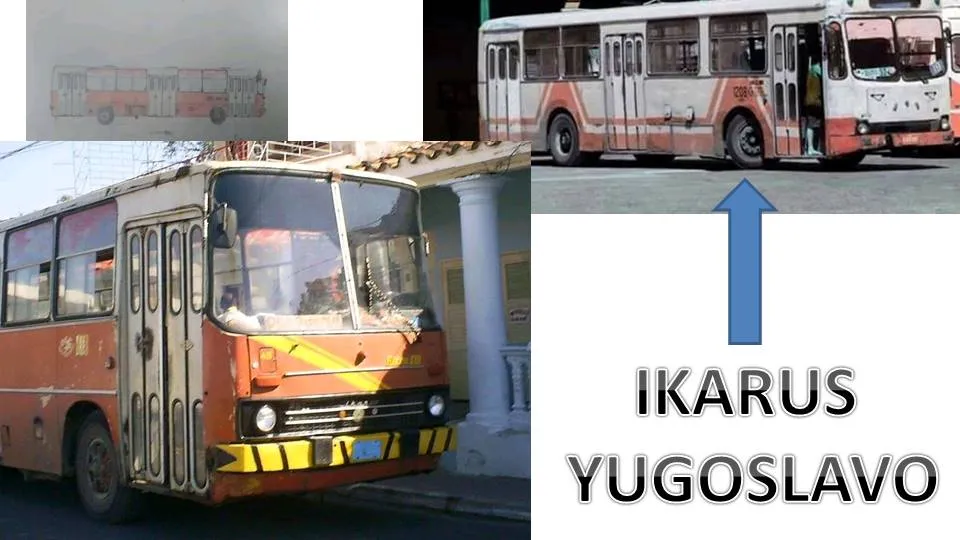
Mientras existía la Unión Soviética, por las calles cubanas rodaron los mejores y más resistentes carros. La marca más abundante fue Ikarus, en varios modelos, hasta de Yugoslavia. Desde 1980, estas guaguas demostraron su hegemonía, con modelos hermosos, dinámicos y muy resistentes al clima, capacidad, rapidez. Son los que más me han gustado. En al ámbito estudiantil, el ómnibus más reconocido es el Girón.
Este nombre es colocado en Cuba, pero la estructura formal de su chasis es Ikarus, evidentemente. Fueron varios los modelos, pero los más usados: el Girón V y el VI. Con el auge de las escuelas internas, en el campo o en la ciudad, siempre los viernes, el día de pase o el lunes, cuando se entraba a la escuela, todo el mundo iba para los puntos de “recorrido” a “coger la Girón”. Curioso es saber que existen abuelos que tienen modelos pequeños, hecho a mano. Son excelentes modelistas, que perpetúan la historia de estas hermosas obras de la ingeniería del transporte.
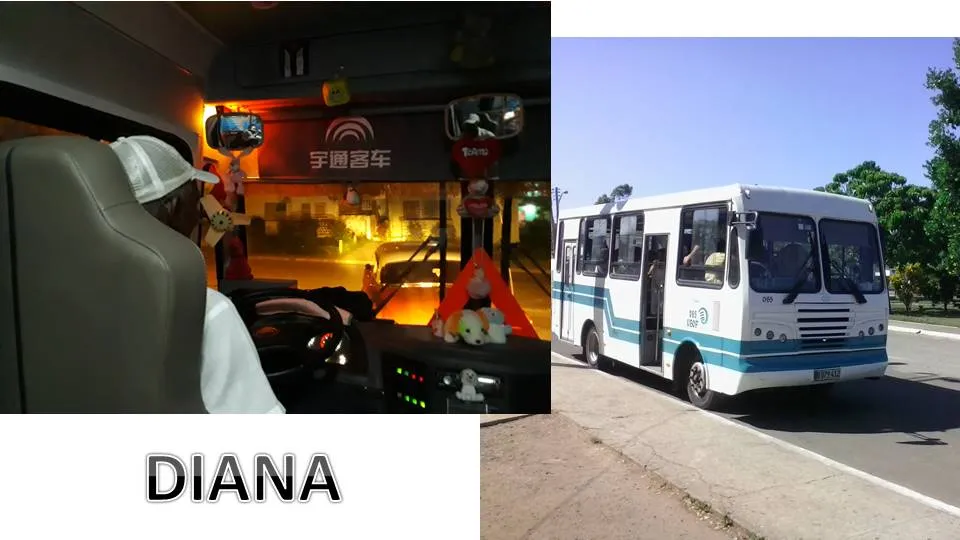
Por los años 2006, Cuba comenzó contratos con China y empezaron a circular ómnibus caracterizados por una estética muy bien lograda. La marca más presente: Yutong-bus, tanto para viajes urbanos, dentro de la ciudad, como para intermunicipales o interprovinciales. El turismo también emplea carros de esta marca. Lo triste es que algunos se han dañado, pues las carreteras no tienen las condiciones óptimas y hasta accidentes ha habido, pero reconozco que Ikarus y Yutong son las marcas que más me han enamorado.
Recientemente apareció la llamada Diana, otra marca que surge mediante la combinación o el uso de piezas de Yutong con chasis modificados. Estas lo mismo están como ómnibus escolares que de transporte urbano. En lo personal, me gustaría ver, como en antaño, guaguas grandes y hasta articuladas, pues en las ciudades, marcan mucho su dinámica y desarrollo.
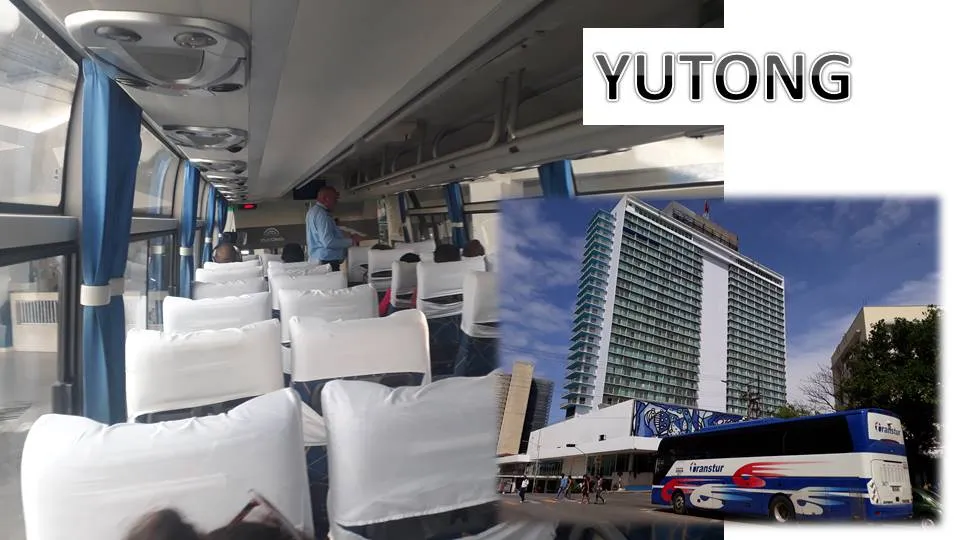
No me gusta ver una guagua pequeña cubriendo rutas tan demandadas. He estado en España, como les he contado en otros post, y me gustaron mucho sus buses, pero los míos, estos son inolvidables. ¿Qué puedes comentarme de las guaguas cubanas? ¿Te atreves a evocar algún recuerdo vivido en alguna de ellas? Me encantará leer tus comentarios. ¡Gracias por el apoyo!
Las imágenes utilizadas en la publicación fueron tomadas con mi móvil Samsung Galaxy J7 Prime. Textos llevados al Inglés por Deepl Traslate.
ENGLISH VERSION (click here!)
Hello, friend and friend of Hive. The time has come to put text and heart to those photos that you take of what you like, on a daily basis. These will be familiar to you, especially to Cubans. I have always felt attracted to means of transportation: planes, trains, cars, automobiles, buses... I think it comes to us from the time we are children and we play. In my case, I was very attracted to the "guaguas" since I was a child.
I know that this term is not used in other lands. It is common to hear the terms "bus", "buseta", "colectivo", "bus", "bus", "truck" and others. The history of this means of transportation dates back to many years of history and the most exciting thing was to see a fleet of similar cars, that was the origin of this vehicle as a means of commercial transportation.
Over the years, Cuba has had many makes and models. Some have been bought and others donated by countries like Italy, for example. FIAT has been a very well received brand. Here we call them "guaguas", it is the term most used by the speaking community. Who has not been impatient waiting for one? Where are those who have suffered riding in one of those? It is worth noting that in Cuba, most professionals do not own cars.
Every morning a sea of people goes out to "hunt" for a guagua and on numerous occasions, riding one is equivalent to entering a jungle. From the one who rides at the door because those in front do not want to walk backwards, the guy who did not clean up well and has "unpleasant odors" to the lady asking for a seat because she is physically limited and even carries a heavy load, questioning her limitation; these are repetitive scenes.
The driver who, in order to collect more money, "fills up" the car, turns off the engine until everyone gets organized and when it comes out, it breaks down due to excess weight and then you have to get off. There are many anecdotes related to what is experienced inside a bus in Cuba, especially if it is an urban service. There are others that are more comfortable, for long trips or tourism.
Each "chofe" puts his stamp on "his guagua". For example, it usually happens that some, with the desire to make them beautiful, make a work of baroque art: full of lights, stickers, dolls, curtains and other objects. While some are dirty, others shine, despite the years. I say the years because in Cuba they roll buses from 1930. It is true that with multiple adaptations, but with the same chassis and that attracts the attention of foreigners.
While the Soviet Union existed, the best and most resistant cars rolled through Cuban streets. The most abundant brand was Ikarus, in several models, even from Yugoslavia. Since 1980, these buses demonstrated their hegemony, with beautiful, dynamic and very weather-resistant models, capacity and speed. They are the ones I liked the most. In the student environment, the most recognized bus is the Girón.
This name is placed in Cuba, but the formal structure of its chassis is Ikarus, evidently. There were several models, but the most used were: the Girón V and the VI. With the rise of boarding schools, in the countryside or in the city, always on Fridays, on the day of the pass or on Monday, when entering the school, everyone went to the "tour" points to "catch the Girón". It is curious to know that there are grandparents who have small models, handmade. They are excellent modelers, who perpetuate the history of these beautiful works of transportation engineering.
By the years 2006, Cuba began contracts with China and began to circulate buses characterized by a very well achieved aesthetics. The most present brand: Yutong-bus, both for urban trips, within the city, as well as for inter-municipal or inter-provincial trips. Tourism also uses cars of this brand. The sad thing is that some of them have been damaged, because the roads are not in optimal conditions and there have even been accidents, but I recognize that Ikarus and Yutong are the brands that I have fallen in love with the most.
Recently appeared the so-called Diana, another brand that arises through the combination or use of Yutong parts with modified chassis. These are both as school buses and urban transport buses. Personally, I would like to see, as in the past, large and even articulated buses, because in the cities, they mark much of their dynamics and development.
I don't like to see a small bus covering routes that are in such high demand. I have been in Spain, as I have told you in other posts, and I liked their buses very much, but mine, these are unforgettable. What can you tell me about Cuban buses? Do you dare to evoke a memory lived in one of them? I'd love to read your comments, thanks for your support!
The images used in the publication were taken with my Samsung Galaxy J7 Prime. Texts translated into English by Deepl Translate.


